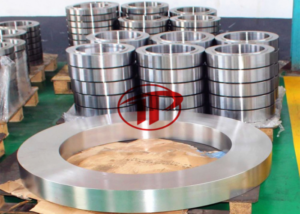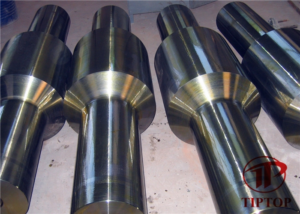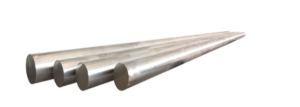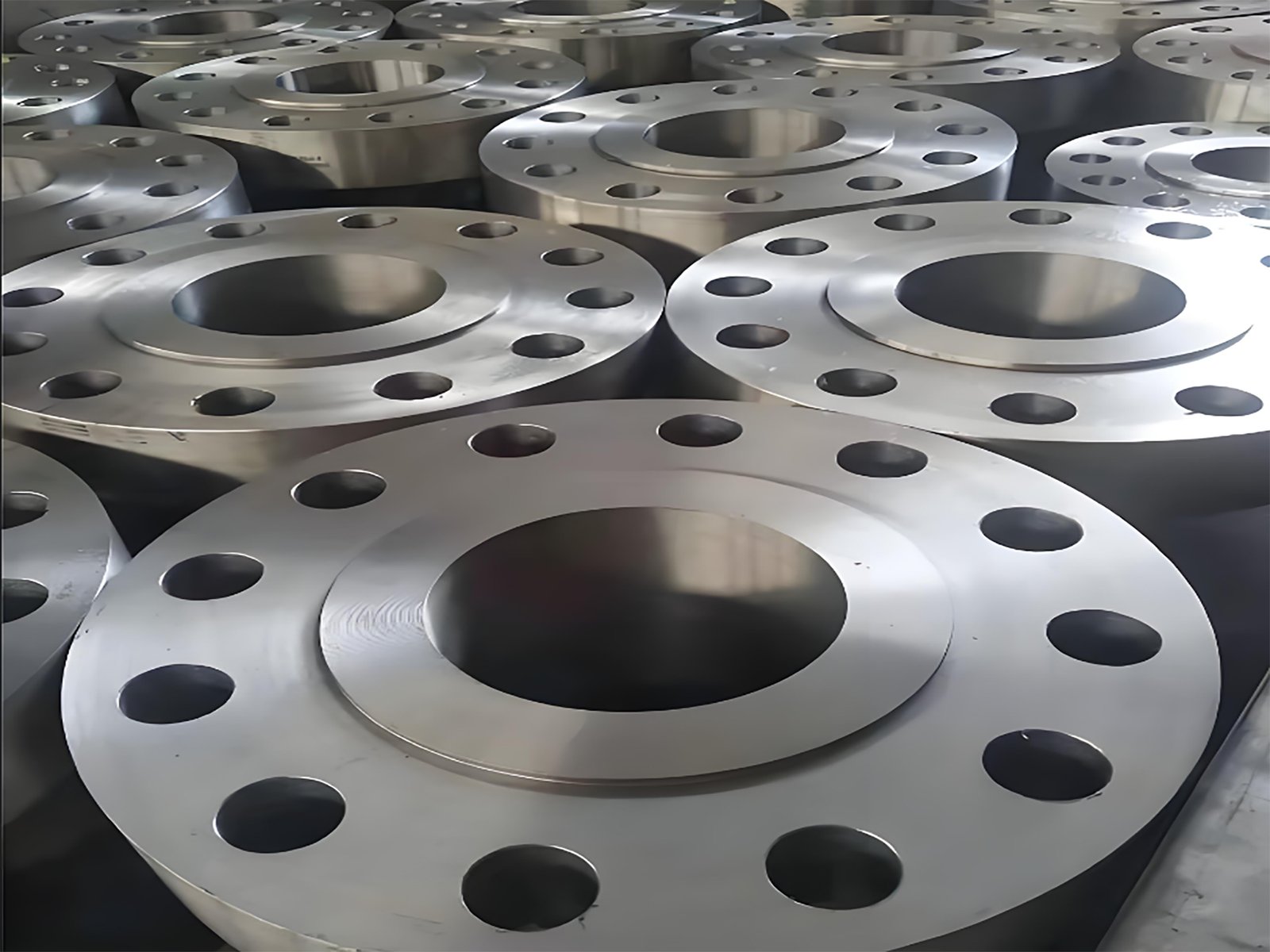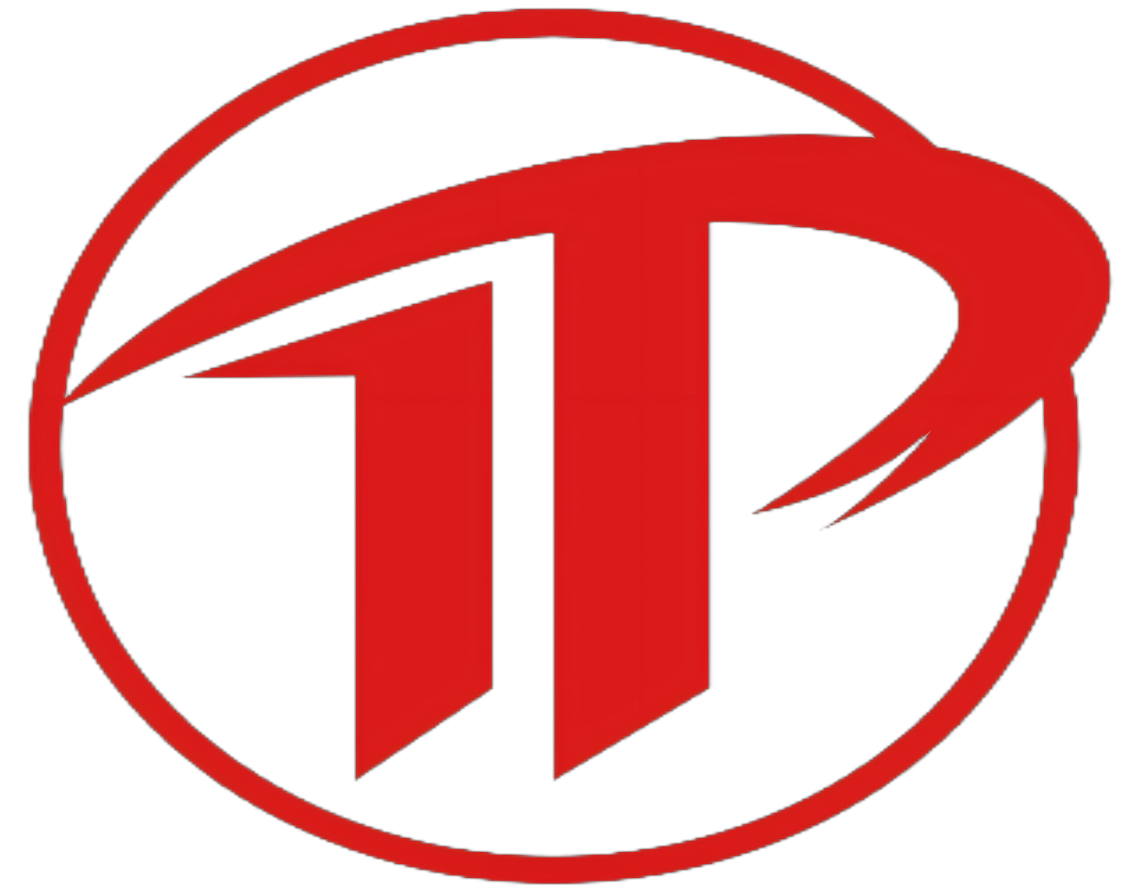Understanding worldwide metal grade equivalents is indispensable for world sourcing, plan compatibility, and manufacturing success. This information presents engineers and procurement gurus with a structured introduction to often used world metal requirements and how to suit them accurately.
Why Understanding Steel Grade Equivalents Matters
Inconsistent Standards Across Countries
Each country or region maintains its very own metal standards, leading to confusion when sourcing or changing substances across borders. A metal grade in Germany may have different specifications than a comparable one in Japan or the United States.
Why You Need to Understand Grade Cross-Referencing
- Ensures material compatibility in design and production
- Avoids supply chain delays and requalification costs
- Supports informed decision-making in global procurement
Common Steel Standards by Country
| Country/Region | Standard Organization |
|---|---|
| United States | ASTM, AISI, SAE, UNS |
| Germany / Europe | DIN, EN |
| Japan | JIS |
| China | GB |
| United Kingdom | BS (British Standards) |
| Russia | ГОСТ (GOST) |
| France | AFNOR NF |
| Sweden | SS |
Example: Cross-Referencing in Practice
Let’s say you are replacing a Russian 30XH2MA forging. Equivalent choices include:
- SNCM 431 (JIS – Japan)
- 36CrNiMo4 (DIN – Germany / EN – Europe)
- G43400 / 4340 (UNS – USA)
⚠️ Always verify precise chemical composition and mechanical properties before substitution.
Key Factors to Determine Equivalency
Chemical Composition Matching
Elements such as carbon, chromium, molybdenum, and nickel should fall within comparable ranges.
Mechanical Properties Comparison
Yield strength, tensile strength, and hardness must meet performance expectations.
Heat Treatment Compatibility
Consider whether similar treatments (e.g., quenching & tempering) will yield similar results.
Application-Specific Requirements
Corrosion resistance, impact resistance, fatigue life, or weldability may affect substitution viability.
Practical Tips for Engineers and Buyers
How to Use a Steel Comparison Table
| Steel Grade | country | standard |
| 20XH2M (20XHM) | Russia | ГOCT |
| 17 CrNiMo 6 | Germany | DIN |
| 4320 | United States | ASTM |
| SNCM 415 | Japan | JIS |
| 30XH2MA | Russia | ГOCT |
| SNCM 431 | Japan | JIS |
| 40XH2MA(40XHMA) | Russia | ГOCT |
| 36 CrNiMo 4 (817 M 37) | United Kingdom | B.S:EN |
| 36 CrNiMo 4 (6511) | Germany | DIN; EN |
| G43400(4340)” | United States | UNS |
| 36 CrNiMo 4 | France | AFNOR NF; EN |
| SNCM 439 (SNCM 8) | Japan | JIS |
| 40 NiCrMo 4 KD | European standards | EN |
| 12XH3A | Russia | ГOCT |
| 14 NiCr 10 (5732) | Germany | DIN |
| 10 NC 11 | France | AFNOR NF |
| SNC 815 H | Japan | JIS |
| 20XH3A | Russia | ГOCT |
| 20NC 11 | France | AFNOR NF |
| 20CrNi3A | China | GB |
| 2515 | Sweden | SS |
| 30XH3A | Russia | ГOCT |
| 30 NiCr 14 | Germany | DIN |
| 30 NC 11 | France | AFNOR NF |
| SNC 631 (SNC 2) | Japan | JIS |
| 38XH3MA | Russia | ГOCT |
| SNC 28 | Japan | JIS |
| 38XH3MФA | Russia | ГOCT |
| 34 NiCrMoV 14 5 | Germany | DIN |
| 35 NiCrMoV 12-5 | Europe | EN |
| 10X2M (48TH-1),10X2M-Bд | Russia | ГOCT |
| F 22 | United States | UNS |
| 10 CrMo 9-10 | Europe | EN |
| 12X2MФA(48TC-2),12X2MФA-A | Russia | ГOCT |
| SA 387 Cr22-2 | United States | UNS |
| 15X2MФA(TC-3-40),15X2MФA-A | Russia | ГOCT |
| A 542-1 | United States | AISI |
| 25X2M1Ф(Эи 723) | Russia | ГOCT |
- Start from the original material’s specifications
- Use international cross-reference guides
- Validate using supplier-provided mill certificates
What to Consider When Selecting Substitutes
- Intended application and service conditions
- Manufacturing processes and tolerances
- Regional availability and lead times
Why Communication with Suppliers Is Critical
- Avoid incorrect substitutions
- Discuss material sourcing challenges and alternatives
- Ensure regulatory and industry compliance
Frequently Asked Questions About Steel Grade Equivalents
❓ Can I use an EN metal grade to substitute an AISI grade?
Yes, if the chemical and mechanical properties are within acceptable deviation and processing methods match.
❓ What’s the difference between ASTM and DIN standards?
ASTM focuses on performance and testing methods, while DIN includes comprehensive material and design rules.
❓ Is it risky to use an equivalent steel grade?
Only if not verified. Always check with material certificates, third-party testing, and application context.
Conclusion: Know Your Global Steel Standards for Better Sourcing
Understanding metal equivalency helps you:
- Prevent costly errors
- Ensure compliance and performance
- Unlock reliable global sourcing options

